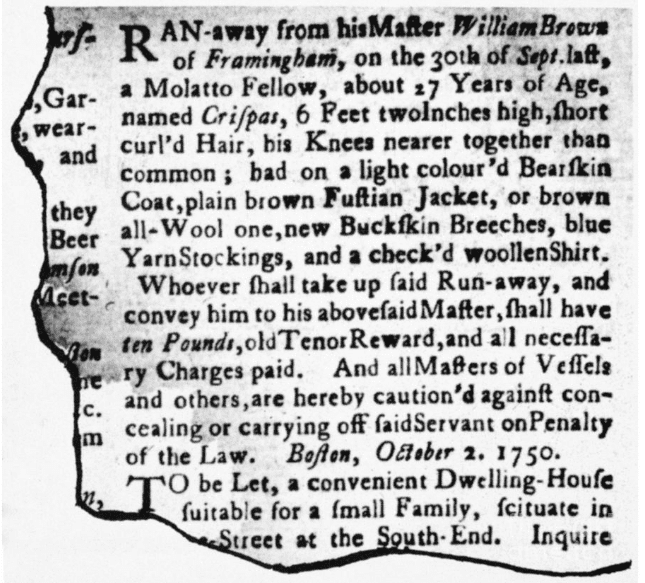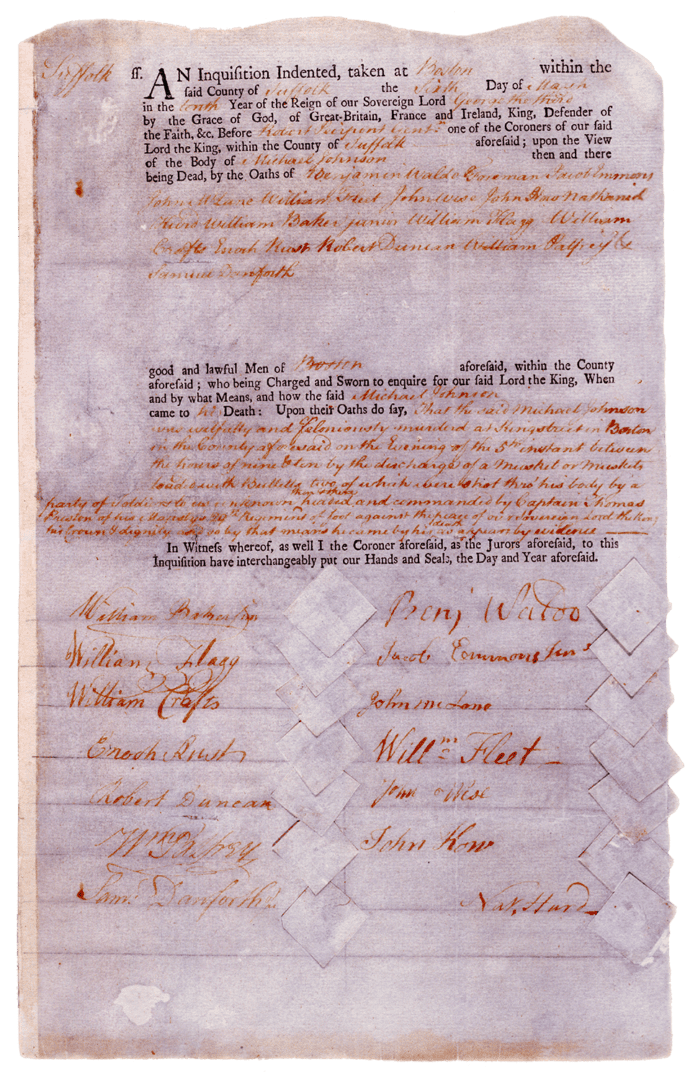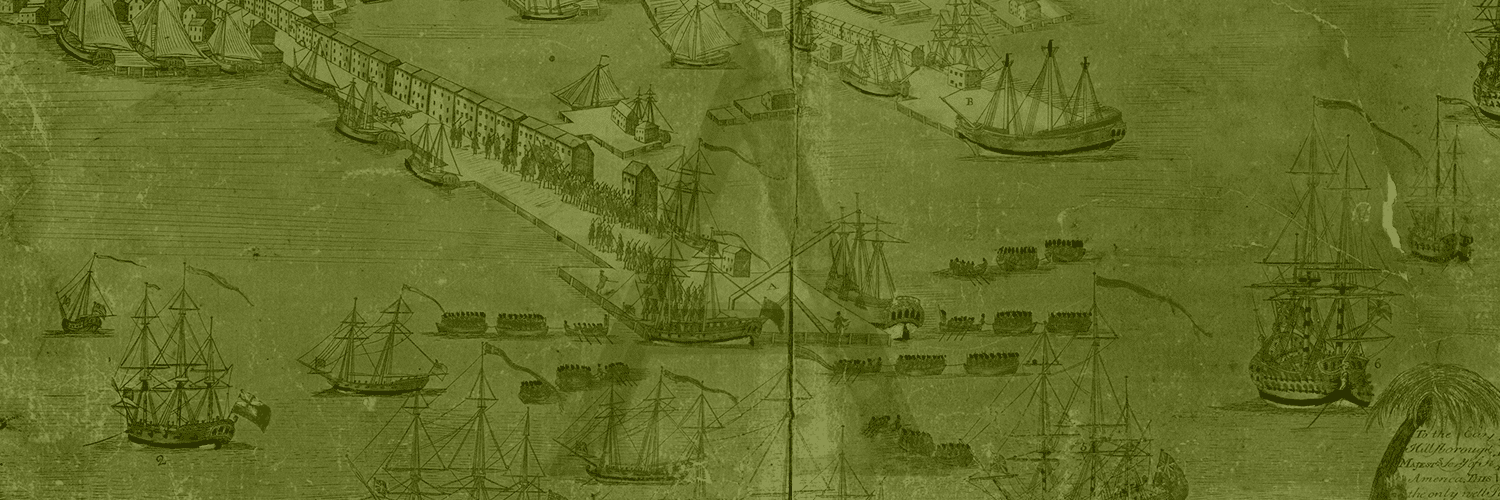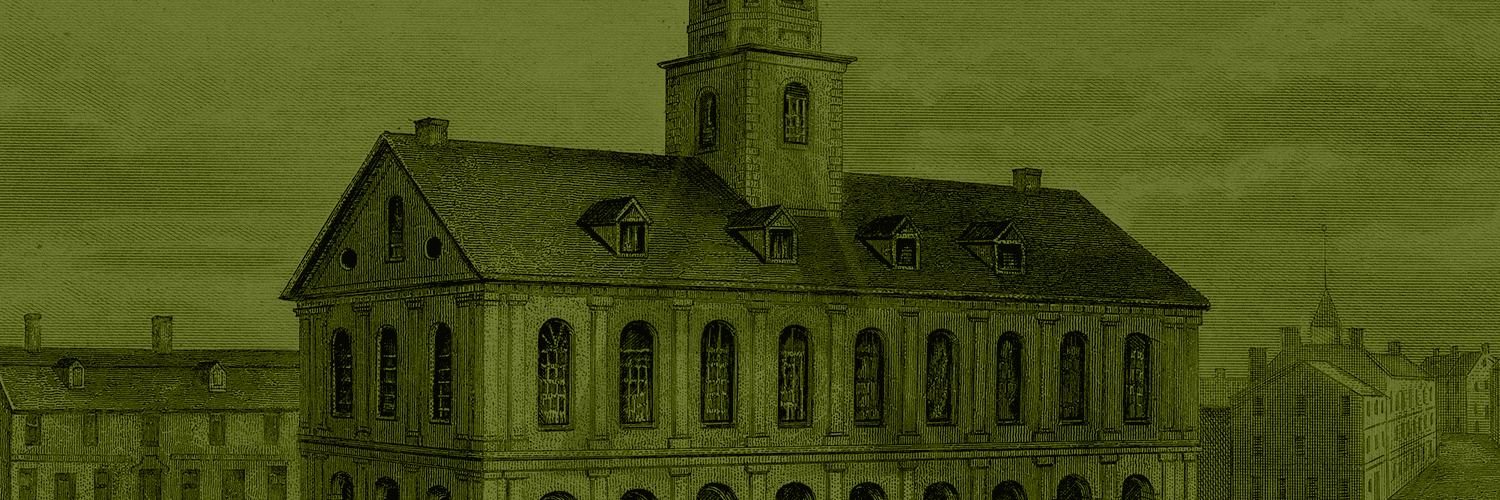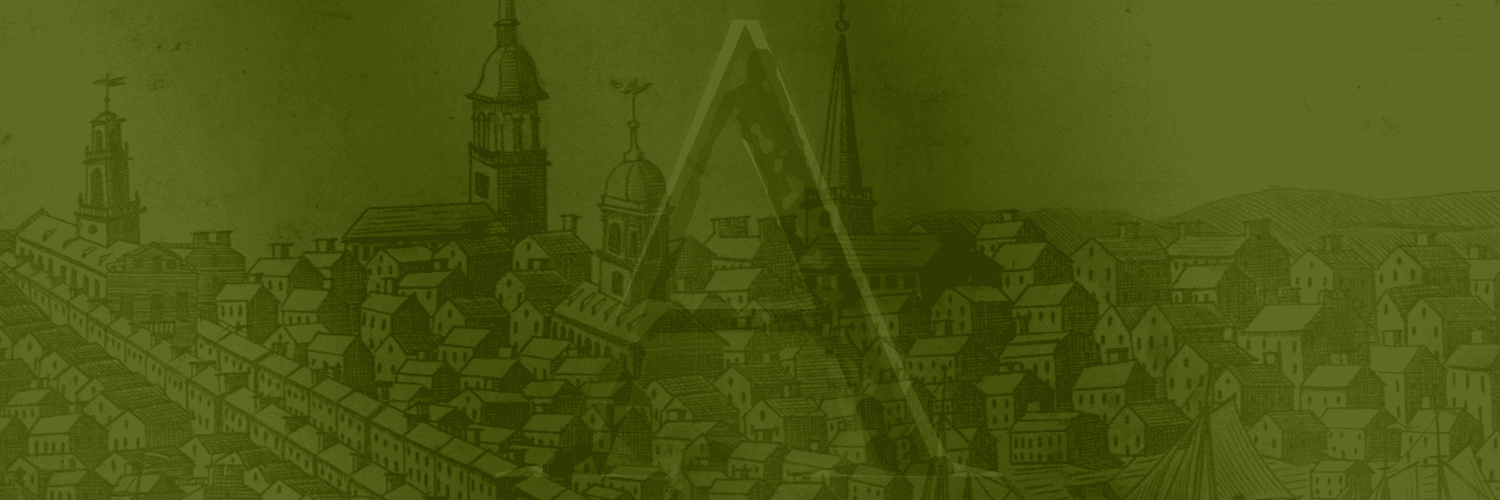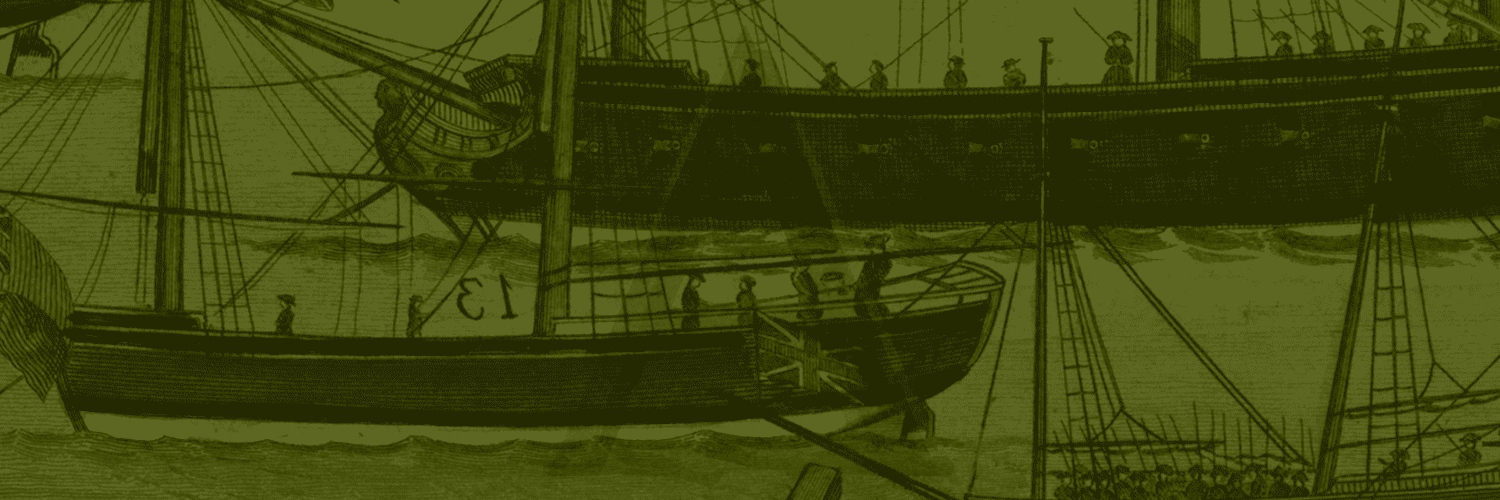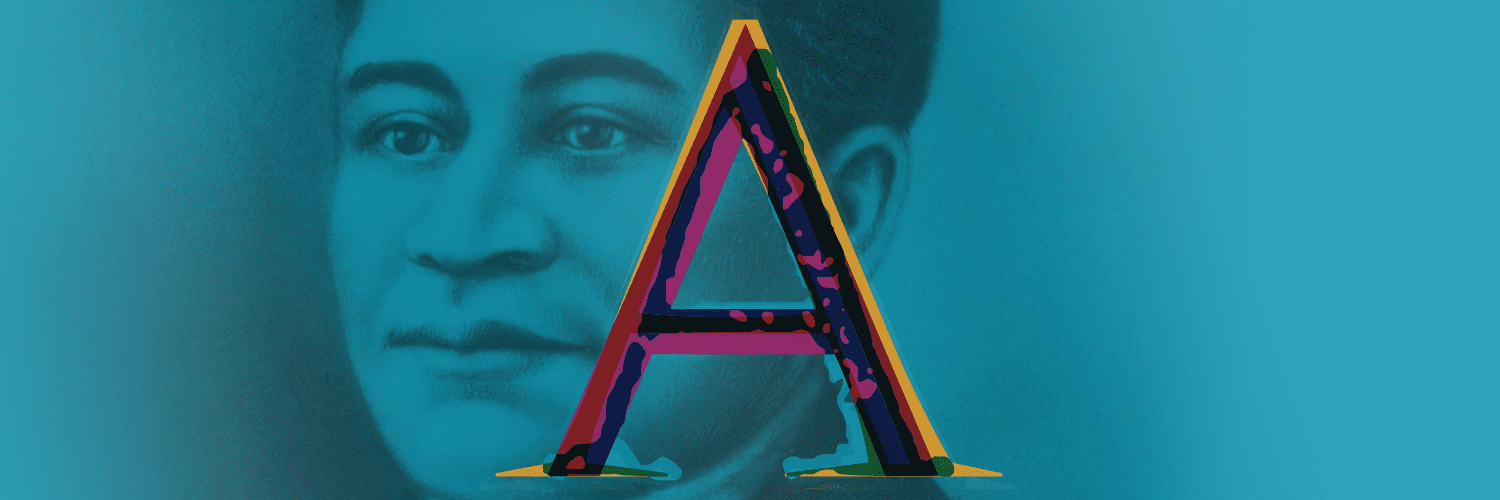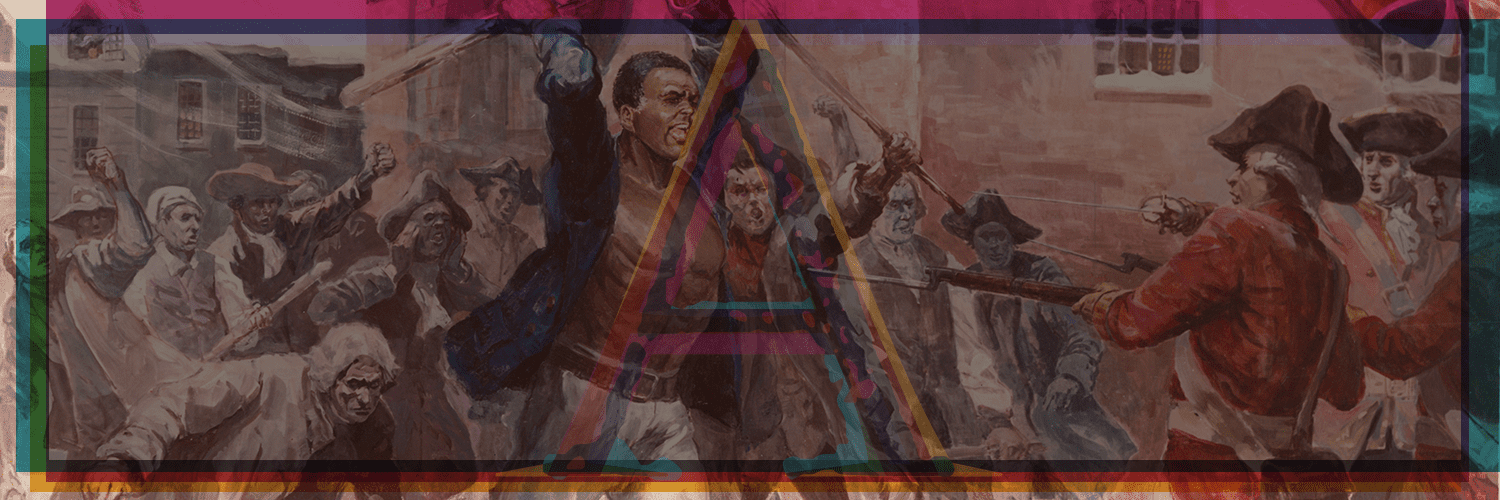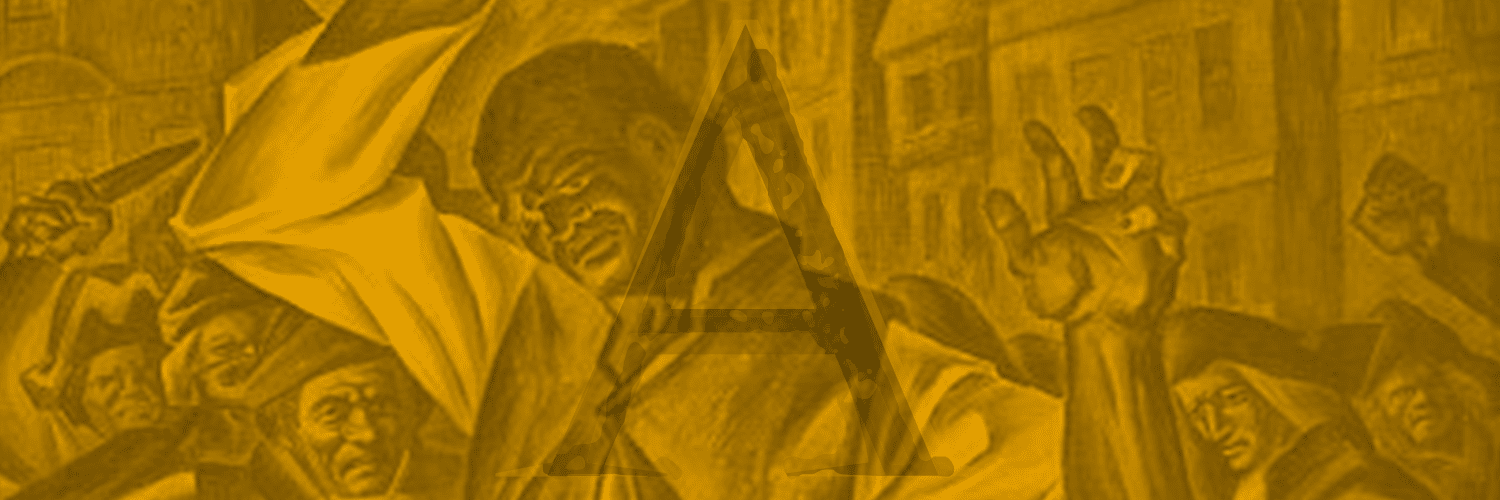Putting The Pieces Together
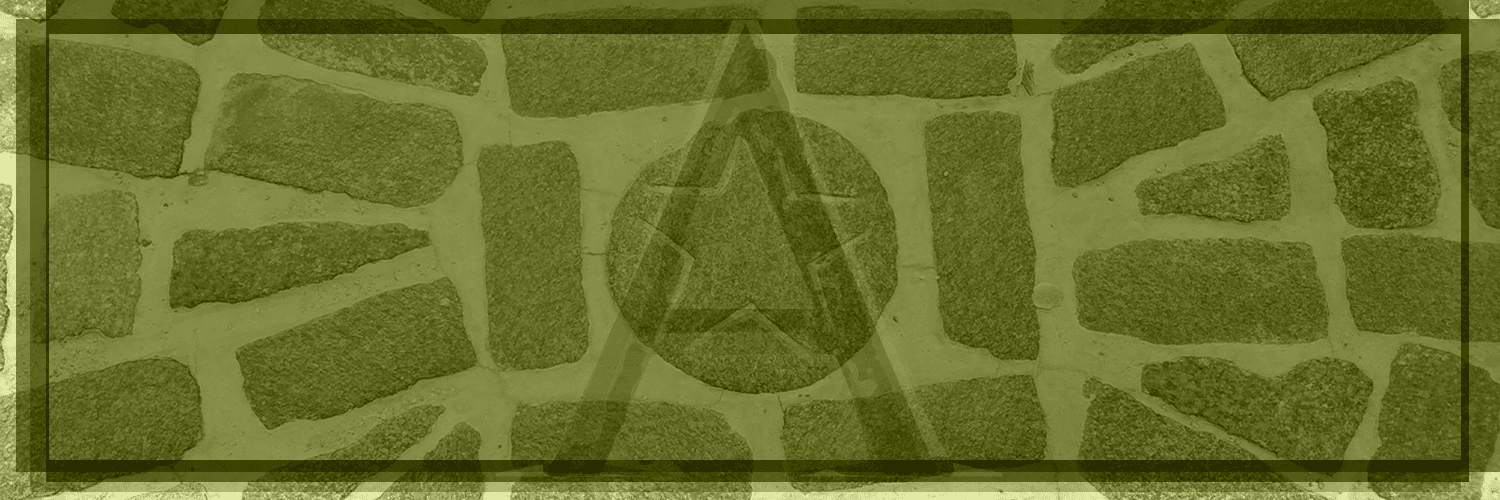
Our picture of Attucks comes from many different sources. We have a coroner’s report, newspaper clippings, eyewitness accounts, and an escaped slave advertisement from the 18th century. New details emerge from letters and books written in the 19th century that are based on people’s memories, assumptions, and speculations. Some authors claim to have known him, while others reported on the stories they heard.
We can use these to draw a sketch of Attucks the man. If the sources are correct, he was a man of mixed Native and African descent who grew up in the Framingham area. He escaped slavery as a young man and made a life for himself on the high seas. He led a group of sailors to the Customs House on March 5, 1770 to confront the soldiers, and he died after two musket balls tore through his chest.
Material Witness
ADVERTISEMENT FOR AN ESCAPED SLAVE
The Boston Gazette
October 2, 1750
Reproduction
Click image to view.
Deacon William Brown (1684-1756) of Framingham placed an advertisement in The Boston Gazette in 1750 pleading for the return of his runaway slave named “Crispas,” who was described as a “Molatto.” It is not known if “Crispas” was ever found. He may have fled to Boston, where a large number of African-descended people could have protected him from detection.
CORONER’S REPORT
1770
Ink on paper
Reproduction from the Collection of Revolutionary Spaces
Click image to view.
Soon after the Boston Massacre, the coroner filed a report on Crispus Attucks’s death. Attucks is identified here as “Michael Johnson,” a name that likely helped to shield him from re-enslavement. Within days, newspapers in Philadelphia and Boston identified Michael Johnson as Crispus Attucks.
What is Mulatto
Attucks is often referred to as “mulatto,” a term used in the 18th century to describe people who physically looked like they were of mixed race. In Britain at that time, there were not many legal definitions of racial categories, so the word “mulatto” could be used to describe people of African and Native descent as well as people of mixed African and European descent.
White colonists benefitted greatly by describing children of Native and African descent as “mulatto,” “black,” or “negro.” Those terms helped colonists make it easier to seize land; an “Indian” might have a legal claim to the land, but a “mulatto” would not. In some cases, Native people who married someone of African descent were randomly changed to “negro” on official documents. They were also sometimes described as “people of color,” which white colonists often conflated with “negro” or “black” but never “Indian.”


